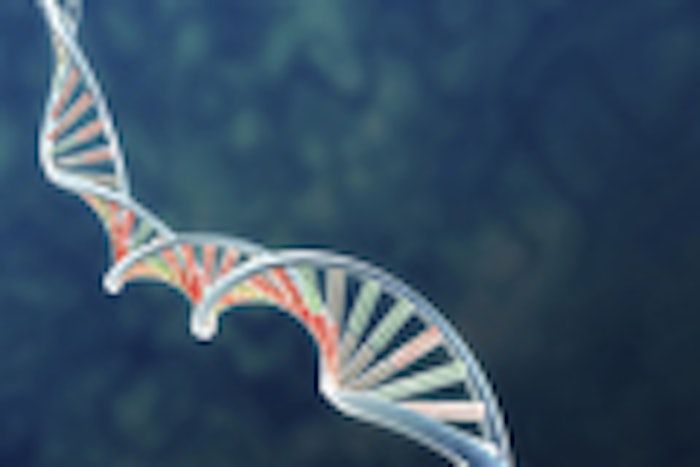
Researchers studying family connections to skin cancer have found that if a twin, sibiling or parent has or has had skin cancer, a person may be more susceptible, as well.
Want to reduce your risk of skin cancer? Wear sunscreen, of course. But two new studies suggest that choosing your relatives carefully could also be helpful. One found that having an identical twin with melanoma increased a person's own risk of developing the disease much more than having a fraternal twin with this type of skin cancer. The other found that having a sibling or parent with one of several different types of non-melanoma skin cancer increased risk as well.
Several studies have suggested melanoma and other skin cancers run in families, but it can be difficult to tease out the difference between the influence of genes and environment. In the Australian study, Sri N. Shekar of the University of Queensland in Brisbane and his colleagues attempted to do so by looking at twin pairs in which at least one sibling had been diagnosed with melanoma.
They searched through thousands of cases of melanoma reported in Queensland and New South Wales and found 125 twin pairs. In four of the 27 identical twin pairs, both had melanoma, while three of the 98 fraternal twin pairs had both been diagnosed with the deadly skin cancer.
Based on these numbers, having an identical twin with melanoma increased a person's own risk of the disease nearly tenfold, while melanoma associated with having a non-identical twin with the disease was roughly doubled.
This suggests, the researchers say, that some of the increased melanoma risk can be attributed to genes, in particular interactions between genes. They estimate that genes account for about half of the differences in risk between two people.
In the second study, Shehnaz K. Hussain of the University of California Los Angeles and colleagues looked at the Swedish Family-Cancer Database to gauge the risk for several types of skin cancer among siblings and children of people diagnosed with these diseases.
They found that people with a sibling or parent diagnosed with some types of skin cancer were more likely to develop skin cancers of various types, not just the ones their relatives had. When tumors occurred at parts of the body more likely to have been exposed to the sun—such as the face, compared to the torso—the familial risk was stronger.
Based on the findings, Hussain and colleagues conclude, a person's family history can be used to gauge their own skin cancer risk, and genetic studies could be a useful way to identify potential targets for treating or preventing the disease.
Source: Journal of Investigative Dermatology, September 2009.
Reuters, October 10, 2009










